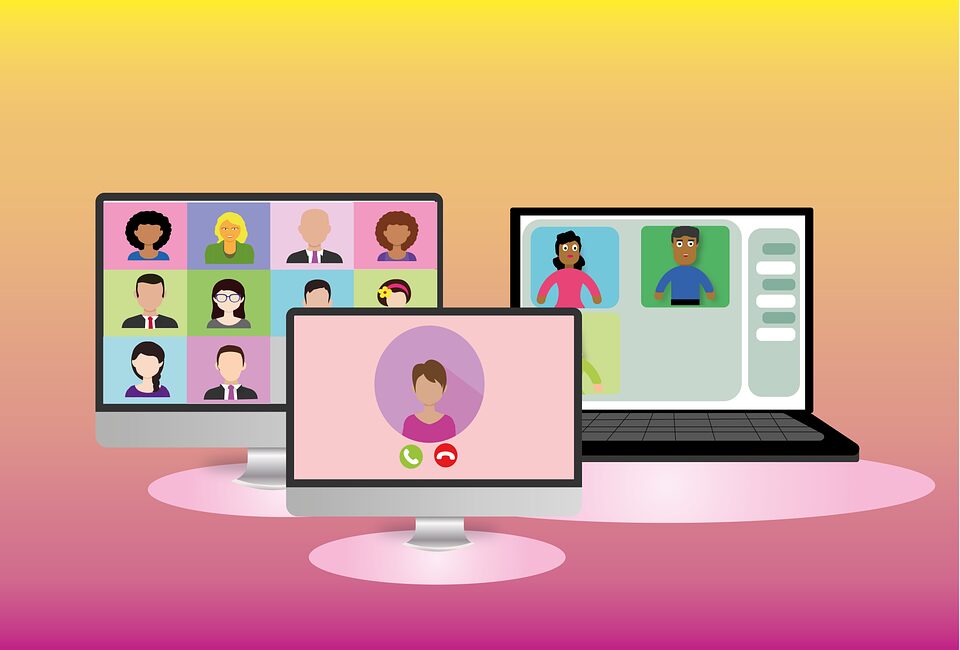Think of the most engaging and stimulating online events that you have experienced. What elements of the attendee experience made the host organization’s branding impactful for you? What were your initial impressions of the organizational culture? Did the experience contribute to a sense that you were valued as a member of this online venue’s community? A memorable branded experience promotes a sense of trust and meaningful connection with your attendees.
This article will cover some tips for designing and branding a successful virtual event.
Why Virtual Event Design is Important
A virtual event is the best way to increase your brand visibility, especially since COVID restrictions have transformed event planning and increased demand for online events over the past two years. Attendees value a safe, convenient, flexible, and informative learning experience more than ever, so it is crucial to design and brand your virtual events carefully. If you are intent on in-person activities, it is best to plan a hybrid event to allow more flexibility and access in anticipation of sudden changes.
Increase Brand Awareness Through Virtual Event Design
Branding an event involves developing and influencing the event’s reputation in order to attract attendees. Therefore, customization and branding of your virtual event platform is crucial. Personalize images and color schemes for both the desktop and mobile apps. Make sure images, fonts, and color schemes are consistent across pages and sections on the virtual platform. Uniform formatting will contribute to ease of navigation and positive brand impressions.
Event Webpage
Write landing page content and other resources with a genuine tone and voice that reflect the spirit of your branding campaign. Most event attendees will regularly check the webpage for registration information, schedule updates, and speakers’ bios before and after an event. Design website menus and sections according to your branding color palette, and use clickable banners so that you can make commonly accessed pages easier to find. A leaderboard can be used to highlight the countdown to an event or pre-event activities. During and after the event, post photos, videos, and other event materials on the webpage to sustain branding awareness and attendee interaction.
One challenge of virtual event planning is finding alternative ways to achieve the positive effects of traditional event interactions. Incorporating touchpoints into the virtual event will increase attendee engagement, and you can do so through the use of your platform’s chat, polling and other interactive functions. In lieu of friendly registration check-in areas, lively vendor exhibit halls, fun giveaways, and informal networking activities, virtual event planners can build in some touchpoints that reinforce branding awareness and make attendees more active participants in the event experience. Make the most of your webpage or mobile app with widgets, virtual scavenger hunts, and other tricks. You can use these activities to boost energy when attendees might experience mental fatigue or information overload.
Generate excitement and interaction via email marketing campaigns
Leverage your email campaign to pique interest and excitement before, during and after the event. Personalize emails and outbound communication so attendees feel a sense of belonging.
Once registration is complete, find the magic number of emails, so that attendees do not feel bombarded with electronic messages. The initial emails should provide event orientation content so attendees can optimize their experience; email content can range from practical steps about accessing sessions or messages that highlight the event theme.
Assemble a Support Team Responsible for Tech Troubleshooting During the Event
Be prepared to have a response team ready to troubleshoot registration, tech, audio and access problems. This staff can direct late arrivals to sessions or guide those experiencing technical problems. Encourage attendees to use the chat function to ask questions about schedule changes and other questions. Have a separate messaging system for event presenters, so that their technical or other needs can be met immediately and therefore minimize disruptions for attendees.
After the Event
Effective branding shows when attendees are already talking about registering for your next event before completing the current one! Ride the momentum of a successful event with social media posts and a concluding email to attendees immediately after the event ends. It is best to collect survey responses soon after the event concludes for a higher yield of survey responses.
